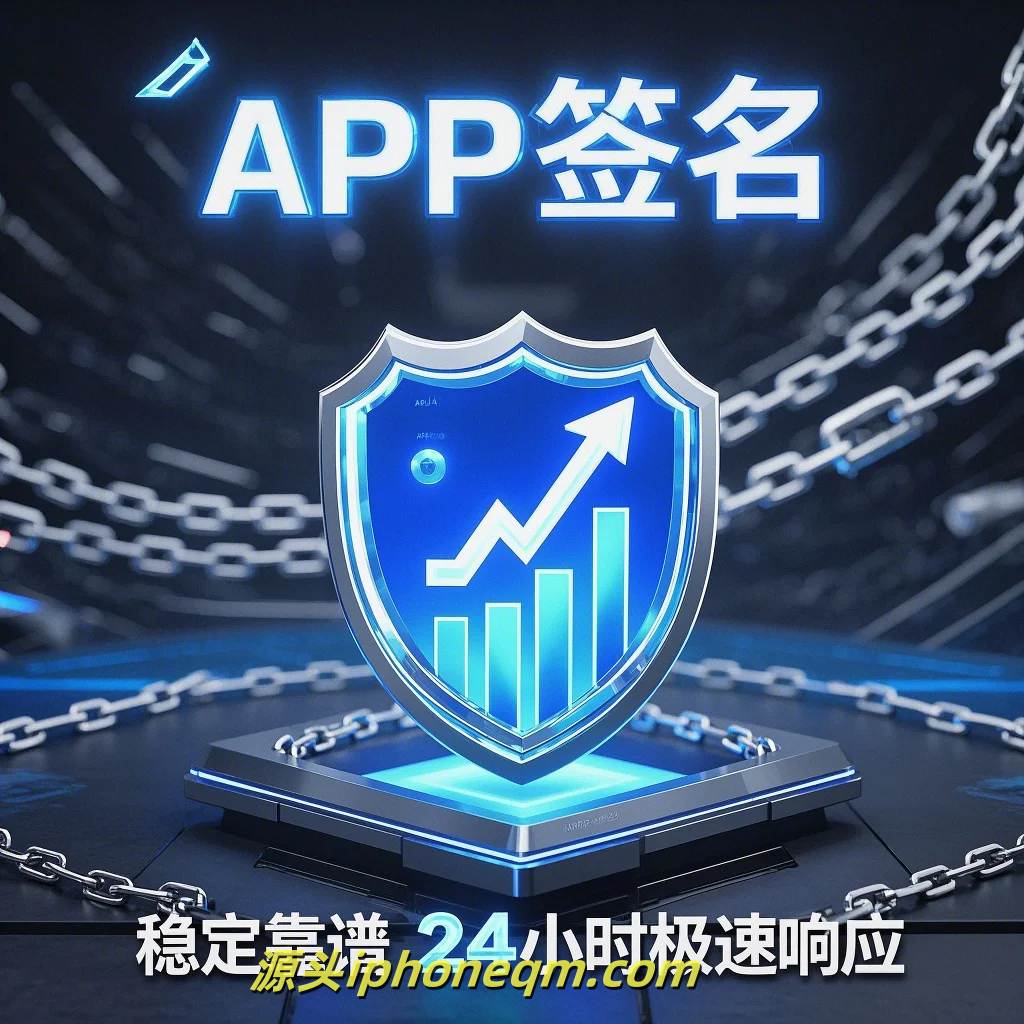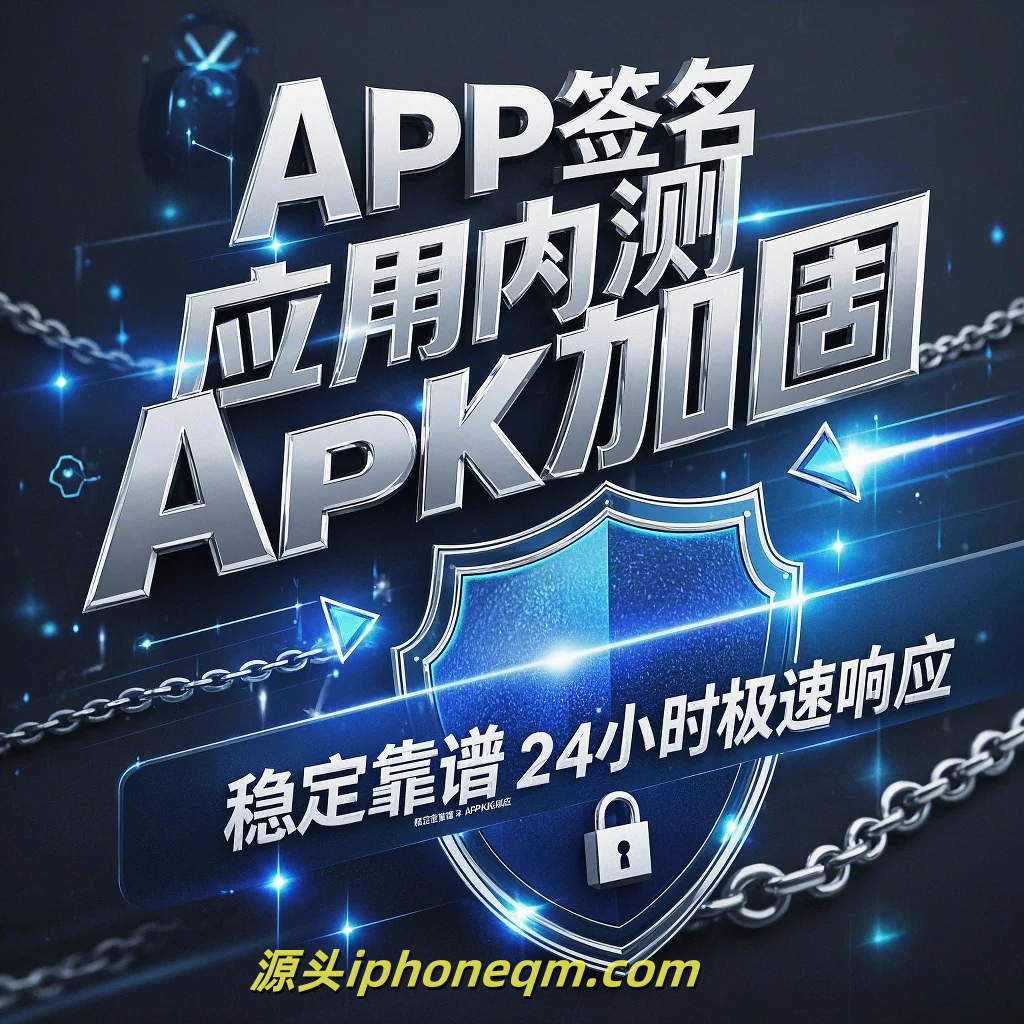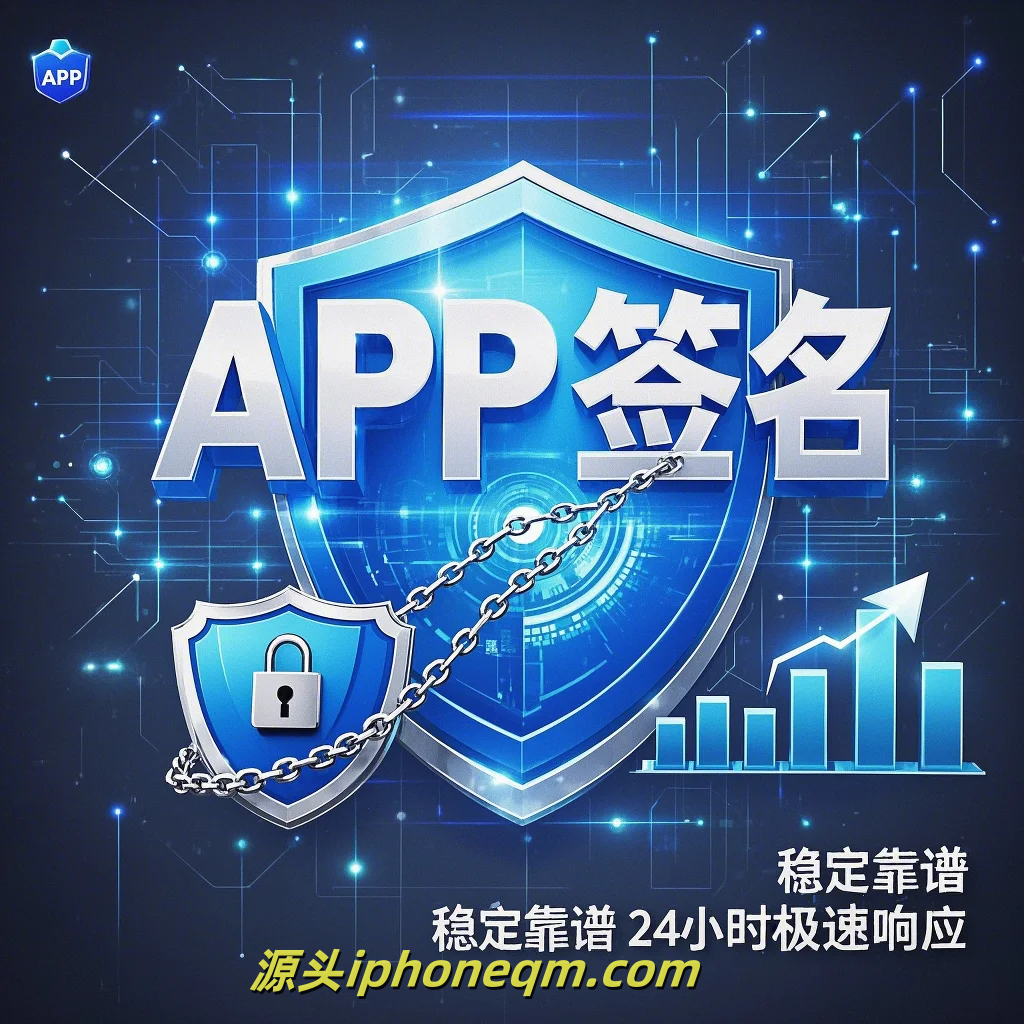Unpacking the iOS Signature Generation Process
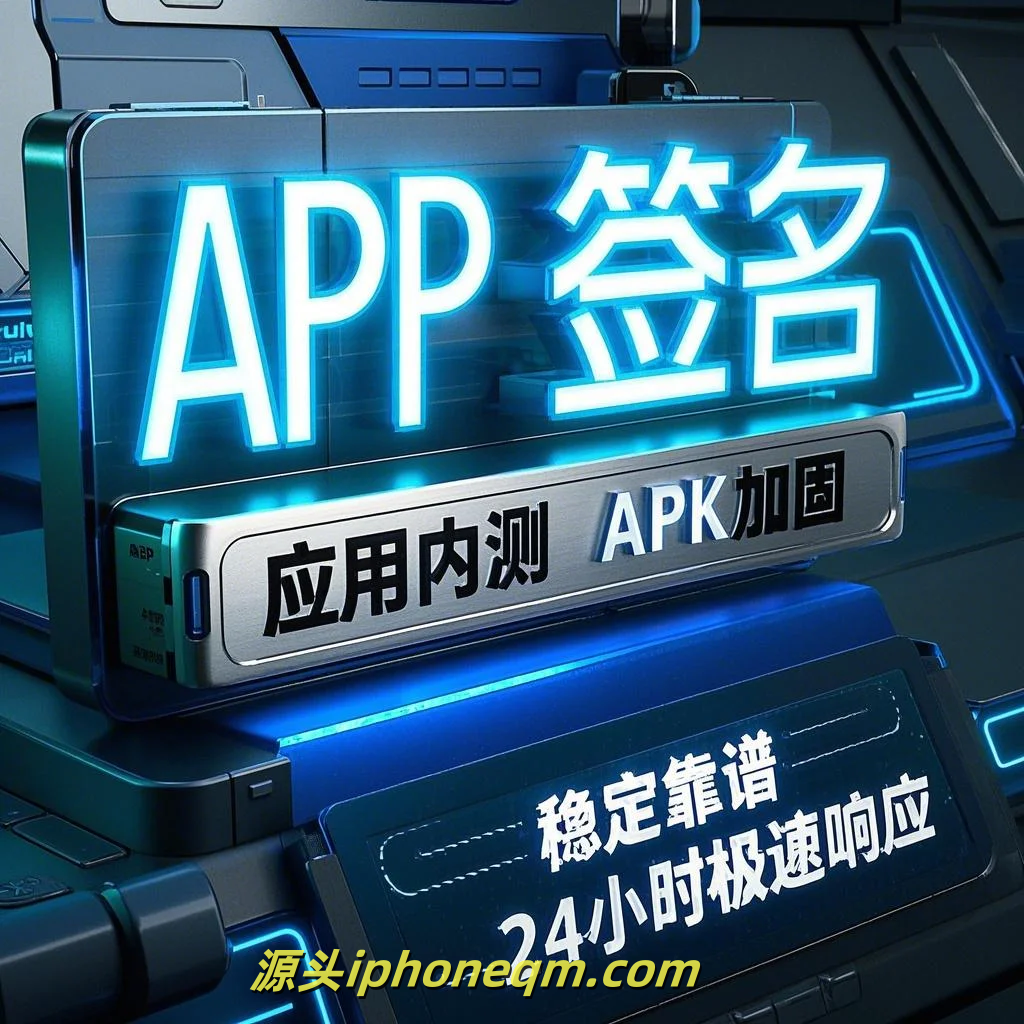
In the realm of mobile app development, understanding how iOS generates its signatures is crucial for ensuring app security and integrity. This process plays a vital role in maintaining trust between users and the applications they install. In this article, we will break down the iOS signature generation process into manageable parts, exploring its significance and functionality.
Firstly, let's understand what an iOS signature is. Every app on an iOS device is signed with a unique digital signature. This signature verifies the authenticity of the app, ensuring that it hasn’t been tampered with before installation. In a world where security breaches are rampant, this process is a key line of defense.
The signature generation process begins with the creation of a provisioning profile. A provisioning profile ties the app to a developer's account and contains information such as the app ID, authorized devices, and entitlements, which dictate what resources the app can access. This profile is a critical component, as it establishes a secure environment for the app to operate within.
Next, the developer compiles the application code and resources into an executable format. Upon compilation, Apple’s tools generate a hash of the executable file. This hash functions like a digital fingerprint, representing the contents of the app. Any modification to the app post-compilation would result in a different hash, thus invalidating the signature.
Once the hash is created, the developer uses their Apple-issued certificate to sign the app. This certificate is issued through Apple’s Developer Program and includes a public-private key pair. The developer uses their private key to create a cryptographic signature of the hash, combining it with the provisioning profile to generate a final signed package.
The iOS device verifies the app’s signature upon installation. The public key within the developer’s certificate is used to validate the signature. If the validation succeeds, the device can safely install the app, knowing it is genuine and unaltered. Conversely, if the validation fails, the app is rejected, protecting users from potential malware or compromised apps.
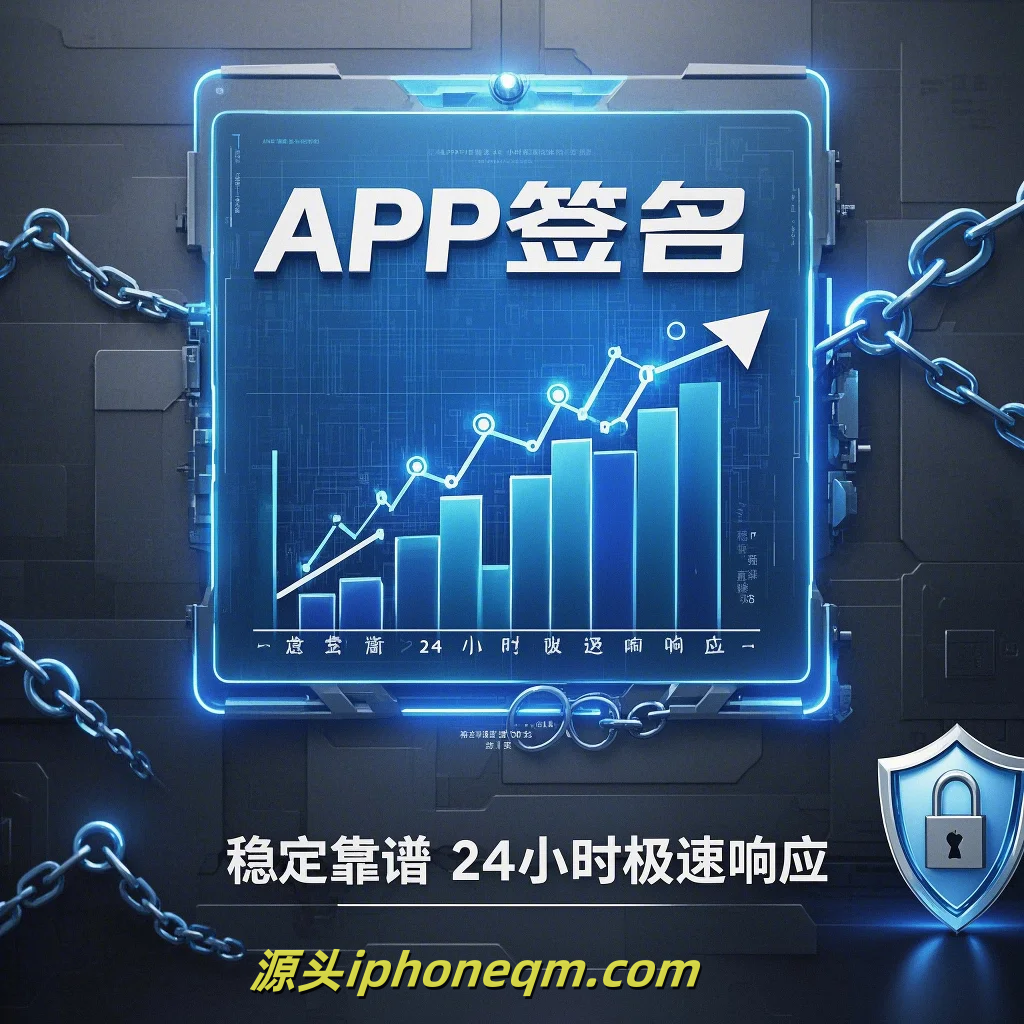
Understanding this process is especially critical for businesses and developers in today’s digital environment. As more applications are developed, the attack surface for malicious actors increases. By ensuring that every app is properly signed and verified, developers can enforce a robust security protocol that protects both their software and their users.
Moreover, the signature generation process also extends to software updates. When an app is updated, the same signature process is followed to ensure that the new version is just as secure as the original. This not only helps in maintaining trust but also ensures that users receive legitimate updates rather than malicious alterations.
In conclusion, the iOS signature generation process is a complex yet essential aspect of app security. By involving provisioning profiles, cryptographic hashes, and secure certificates, Apple creates a reliable ecosystem where users can confidently download and install applications. For developers, understanding this process is not merely a technical necessity; it is a fundamental element of building trust in their product. The integrity of the app remains intact, and the user experience is safeguarded, ultimately leading to a safer digital landscape.
扫描二维码推送至手机访问。
版权声明:本文由MDM苹果签名,IPA签名,苹果企业签名,苹果超级签,ios企业签名,iphoneqm.com发布,如需转载请注明出处。



